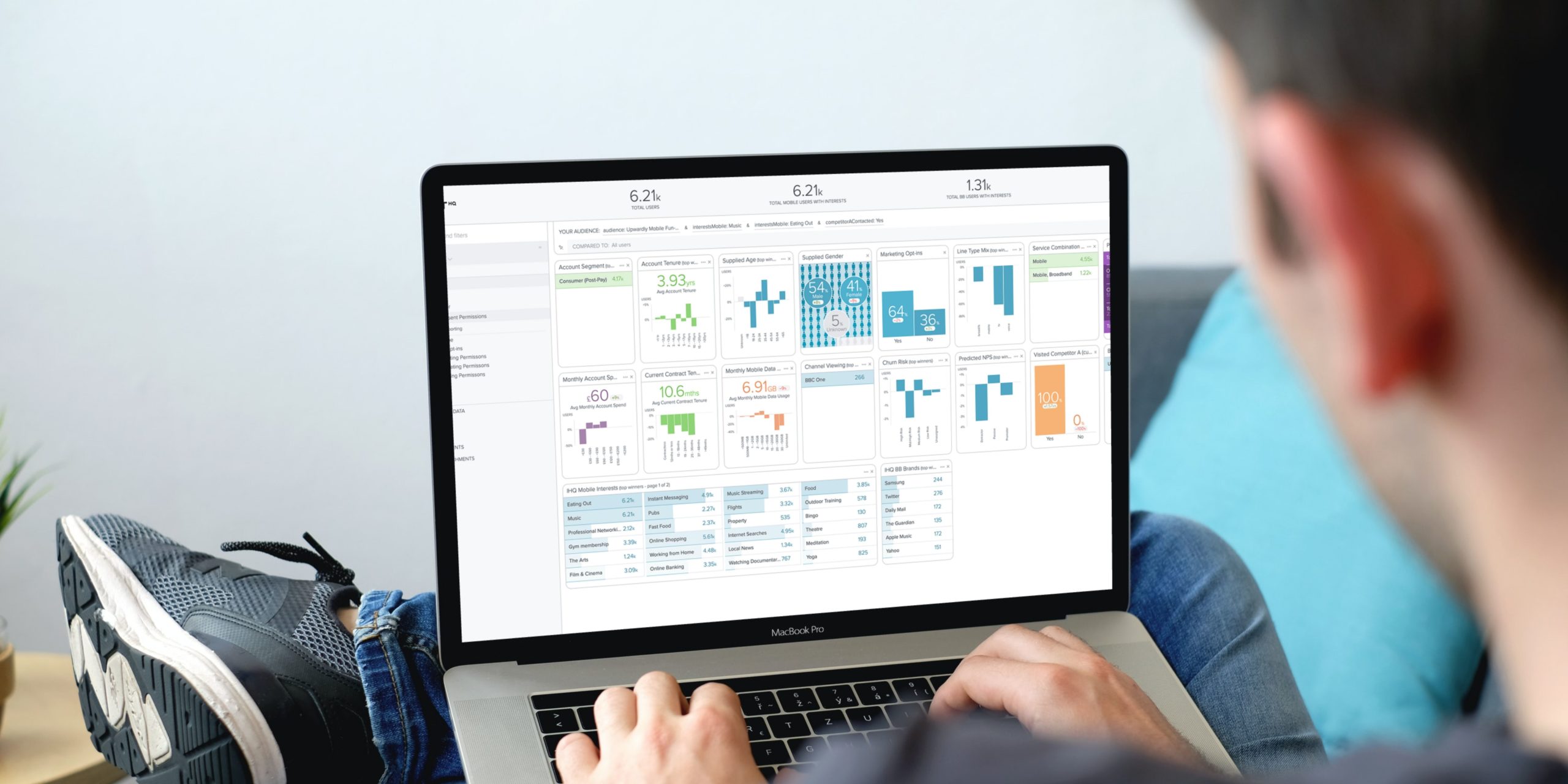Understanding how your customers interact with your brand is essential for the success of any business. This helps firms identify what they’re doing well when it comes to converting and retaining customers, in addition to any pain points that require attention.
Regardless of the sector you operate in, customer journey analytics plays a key role in this. These tools help you build a complete map of the entire customer journey, from initial awareness through to interest, engagement and beyond.
However, insight is only useful if you know how to act on it. When it comes to customer journey analytics, there is a wide range of technology for this application. To make the most of it, you’ll need to have the right data to feed into the services, and the right expertise to make the best decisions based on its outcome.
With this in mind, here are a few common ways you can use customer journey analytics to help drive conversions, keep hold of customers and ultimately boost your business’s bottom line.
Increasing conversion rates
One of the most common uses for customer journey analytics is identifying where any barriers occur in the checkout or onboarding process that may make potential customers turn elsewhere. This is particularly important for retailers – for instance, in the fourth quarter of 2022, roughly nine out of ten baskets did not result in a completed order – but it also applies to a range of other sectors, from media and entertainment to telcos.
With the right tools, you can see exactly where in the process this happens and drill down into why. Are people leaving after being surprised by unexpected fees at the end of the checkout? Are abandonment rates substantially higher on mobile or tablet devices? This insight lets you address issues that may otherwise have gone unnoticed and remove common pain points.
Once you’ve identified such pain points, you need to be able to understand any patterns in the customer that might make one pain greater for a segment compared to another and what are the common customer traits amongst those customers that do not convert.
Improving marketing and up-sell campaigns
Knowing how your customers interact once they have signed up for a service is also important in improving lifetime customer value. For example, imagine a telco has a new partnership it wants to promote, or a bank has a new credit card with a special rate for its existing customers. What’s the best way of getting the word out to the right people in order to maximize the chance of conversion? Customer journey analytics can tell you.
By looking at how users engage with various messaging, such as open rates for emails or interactions with app notifications, you can clearly see the most common paths to the next stage of the customer journey. This won’t just tell you which channels will likely have a higher success rate. They can also tell you what language, tone of voice, or visuals will be most appealing, or what time of day is best to send on a person by person basis.
Crucially, it can also show you how different groups react to various options, enabling you to fine-tune and tailor your messaging to much more specific segments.
Removing customer support barriers
Another key part of the customer journey is measuring the experience users have when they need to get in contact with a business. This may be in response to an upsell offer or if they have a problem or other support issue they need help with. By understanding how they use various touchpoints and the way in which they move from one channel to another, brands can optimize their processes to remove friction, deliver answers more quickly and work more efficiently for the business.
If users are frequently taking the same path from one touchpoint to another, this can be indicative that their first choice is not providing the answers they need if that path is not your intention. This helps you understand where to focus your resources and direct different users to the most appropriate channels.
For example, some users may be more likely to interact with automated services such as chatbots, while others will expect a voice call with a human. Knowing each individual’s preferences allows each customer to get an experience that’s tailored to them.
Cutting down on churn
If the first time you become aware that a customer is unhappy is when they call in to cancel a service, it’s usually too late, or expensive to salvage. But customer journey analytics can help prevent getting to this point. For instance, increased support activity may indicate issues with performance or billing that can be traced back to a specific problem within your business.
As well as spotting major issues with the customer experience, analytics can look for soft signals in their user behavior that may indicate they are disengaged and less likely to renew at the end of a contract period.
This might include a decrease in activity over time, such as fewer app visits or reduced time spent engaging with the brand online. You can use this data to identify particularly high-risk customers and, when combined with other data sources, or where AI-assisted technology can enhance the insight into their interests and desires, you can better target them with personalized offers to reengage them.
The importance of the right tools
All these issues can only be tackled if firms have a complete, up-to-date picture of who their customers are, and the best way to do this is by studying their behavior. Customer journey analytics must therefore have a key role to play in any brand’s user experience and marketing efforts.
But this is easier said than done. The amount of data firms today are able to gather on their customers is vast, and sifting through this to separate the useful signal from the noise to fully understand the complete customer journey can be a huge task.
With the right tools, such as artificial intelligence-assisted analytics, brands can achieve this at scale, looking at billions of data points to develop a much more detailed, personalized picture of who customers are from all their data. In turn, this brings huge additional value to both brands and customers by giving professionals across the business the critical insight they need to adapt their offerings and messaging.




